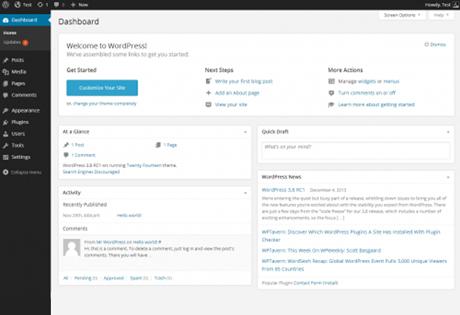Are you looking to establish a quick online presence without the hassle of a multi-page website? Well, you’re in luck! Creating a one-page website on WordPress is not only simple, but it’s also an incredibly effective way to showcase your brand, portfolio, or personal project. Imagine condensing all your essential information into a sleek, scrollable page that keeps your visitors engaged and informed. Whether you’re a small business owner,a freelancer,or just someone with a great idea,a one-page website can streamline your message and make it easily accessible for your audience. In this article, we’ll guide you step-by-step through the process of building your very own one-page website on WordPress. Trust us, you’ll be amazed at how easy it is indeed to create a stunning online space that leaves a lasting impression. let’s dive in!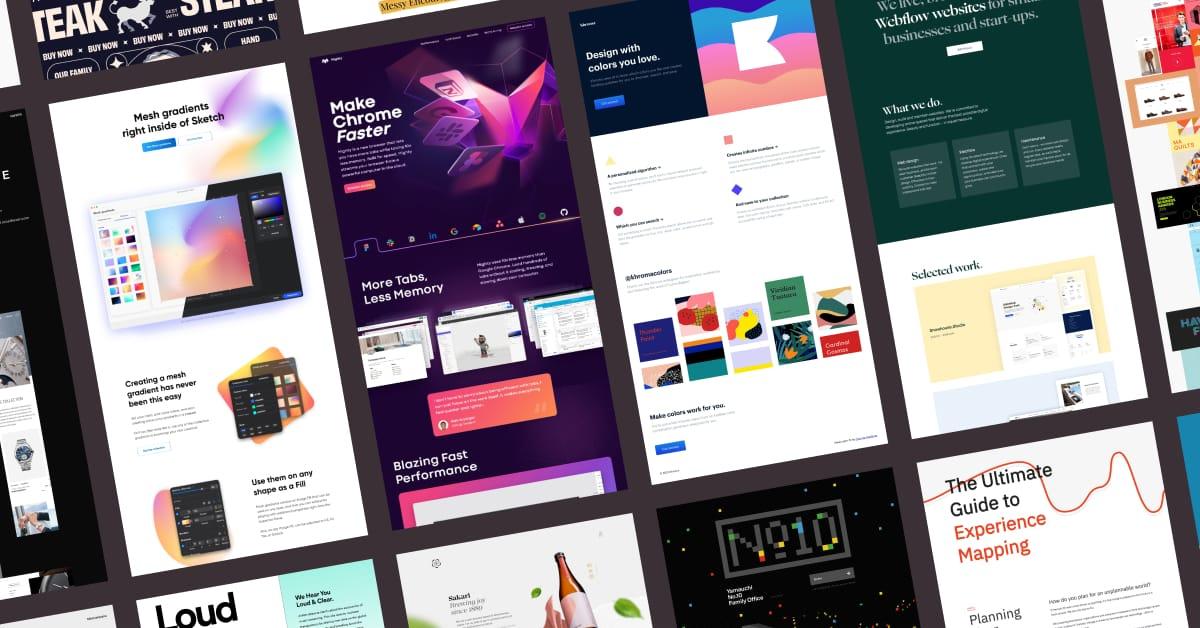
Understanding the Basics of a One-Page Website on WordPress
Creating a one-page website on WordPress can be a fantastic way to showcase your portfolio, promote your business, or share significant information in a concise manner. One-page websites streamline the user experience by allowing visitors to navigate through sections without hassle,making them perfect for mobile users as well. Here are some key elements to grasp in order to build an effective one-page website.
Choose the Right Theme
Your choice of theme is critical. Opt for a theme specifically designed for one-page layouts. Look for features such as:
- Responsive Design: Ensures your site looks great on all devices.
- Customization Options: Allows you to adjust colors,fonts,and layout easily.
- Built-in sections: Includes pre-designed areas for services, testimonials, and contact information.
Utilize Page Builders
to create a visually appealing one-page website, consider using drag-and-drop page builders like Elementor or Beaver Builder. These tools offer:
- Ease of use: No coding skills required—simply drag elements where you want them.
- Responsive Controls: Adjust designs for different devices within the same interface.
- Template Library: Access to pre-made templates that can jumpstart your design process.
Organise Content Effectively
Content institution is key to ensuring a smooth flow for users navigating your page. Consider structuring your content into clearly defined sections:
| Section | description |
|---|---|
| Hero Section | A striking introduction with a call-to-action button. |
| About | A brief overview of your brand or personal background. |
| Services | Highlights of what you offer. |
| Testimonials | Social proof from satisfied clients or users. |
| Contact | Information on how to get in touch with you. |
Optimize for SEO
Even on a one-page site, SEO is crucial. Keep these strategies in mind:
- Keywords: Use relevant keywords naturally in your content.
- Meta Descriptions: Write compelling meta descriptions for search engines.
- Load Speed: Optimize images and use caching plugins to improve load times.
By understanding these basics, you’re well on your way to creating a stunning one-page website that not only captures attention but also converts visitors into clients or followers. Implement these strategies, and watch your online presence flourish!
Choosing the Right Theme for Your One-Page Design
When it comes to a one-page design, selecting the appropriate theme is crucial for ensuring your website not only looks good but functions seamlessly. A well-chosen theme can elevate your site’s appearance and user experience, making it easier for visitors to navigate and engage with your content. Here are some key factors to consider when making your selection:
- Purpose and Audience: Think about the goal of your website. Are you promoting a service,showcasing a portfolio,or offering products? Understanding your audience will guide you in picking a theme that resonates with their preferences.
- Design Adaptability: Look for themes that allow for customization. You may want to change colors, fonts, or layouts as your brand evolves. A flexible theme can save you time and hassle in the long run.
- Responsiveness: Ensure the theme is mobile-kind.With an increasing number of users accessing websites from mobile devices, a responsive design is essential to provide an optimal viewing experience across all devices.
Another critically important aspect to consider is the load time of your chosen theme. A lightweight theme can significantly enhance the speed of your one-page site, improving user retention and SEO rankings. You can test different themes for performance before making a final decision.
Don’t overlook the importance of support and updates. Choose a theme from a reputable provider that offers regular updates and robust customer support. This ensures your site remains secure and compatible with the latest WordPress features.
| theme Feature | Importance |
|---|---|
| customizable Layout | High |
| SEO-friendly | High |
| Fast Loading Speed | Medium |
| Customer Support | High |
Lastly, take advantage of theme demos. Most premium themes offer live previews, allowing you to see how your content will look before you commit. This can be an eye-opener, as it helps you visualize the end result and make necessary adjustments early in the process.
Essential Plugins to Enhance Your One-Page Experience
transform Your One-Page Website with These Must-Have Plugins
Creating a stunning one-page website on WordPress is just the beginning of your online presence. To truly elevate the user experience, integrating the right plugins is essential. Here are some top recommendations that will not only enhance functionality but also make your website visually appealing and user-friendly.
1. Elementor
Elementor is a powerful drag-and-drop page builder that allows you to design beautiful layouts without any coding knowledge. with its extensive library of templates and customizable elements, you can create a visually stunning one-page website that stands out. Some features include:
- Real-time editing: See changes as you make them.
- Responsive design: Ensure your site looks great on all devices.
- template library: Choose from numerous pre-designed templates.
2. WPForms
Gathering information from your visitors is crucial. WPForms is an intuitive form builder that makes it easy to create contact forms,surveys,and more. Key benefits include:
- User-friendly interface: Simple to use, even for beginners.
- Pre-built templates: Save time with ready-made forms.
- Mobile-friendly: Forms that look good on any device.
3. Simple Share Buttons Adder
Encouraging social sharing can significantly increase your website’s reach. The Simple Share Buttons Adder plugin allows you to add social sharing buttons effortlessly. Here’s what makes it a great choice:
- Customizable button styles: Match your site’s design.
- Analytics tracking: Monitor which buttons are clicked most frequently enough.
- Easy integration: Add buttons to any part of your site in minutes.
| Plugin | purpose | Key Feature |
|---|---|---|
| Elementor | Page Building | Drag-and-Drop Editing |
| WPForms | Form Creation | Pre-built Templates |
| Simple Share Buttons | Social Sharing | Customizable Styles |
Choosing the right plugins can transform your one-page website into a dynamic and engaging platform.These tools not only simplify the process of building and managing your site but also enhance user interaction, making it more likely that visitors will stay longer and convert into customers. Invest in these essential plugins to create a remarkable one-page experience that leaves a lasting impression.
Crafting Compelling Content That Captivates Visitors
Creating a one-page website on WordPress isn’t just about simplicity; it’s an prospect to tell a compelling story that engages your visitors from the moment they land on your site. To start, focus on your core message.What do you want your visitors to know, feel, or do? This clarity will guide your content creation and help direct the narrative flow seamlessly.
When structuring your page, consider breaking it into sections that highlight different aspects of your brand or service. Here are some essential elements to include:
- Hero Section: Capture attention with a striking headline and subheading that clearly states your purpose.
- About You: Share a brief background that builds trust and connection with your audience.
- Services or Offers: Outline what you provide, focusing on benefits rather than just features.
- Testimonials: Showcase positive feedback to enhance credibility and encourage visitors to take action.
- Call to Action (CTA): End with a compelling invitation for visitors to engage, whether it’s signing up, purchasing, or contacting you.
Next, think about the visual elements that will complement your text. Use high-quality images, videos, or graphics to break up text and add interest. Ensure your visuals align with your branding and message. A well-placed image can evoke emotion and draw visitors deeper into your narrative.
As you craft your content, remember the importance of SEO to increase your visibility. Incorporate relevant keywords naturally within your text,headings,and alt tags for images. This will not only help search engines understand your content better, but it will also attract the right audience to your page.
| Section | Content Ideas |
|---|---|
| Hero Section | Impactful headline, brief tagline |
| About | Short personal story, mission statement |
| Services | benefits-focused list, engaging visuals |
| testimonials | quotes from satisfied customers |
| CTA | Bold buttons, persuasive language |
continuously monitor and optimize your content. Use analytics tools to track engagement and adjust your strategy based on what resonates most with your audience. By staying attuned to your visitors’ needs and preferences, you can refine your message and create an even more compelling experience that keeps them coming back for more.
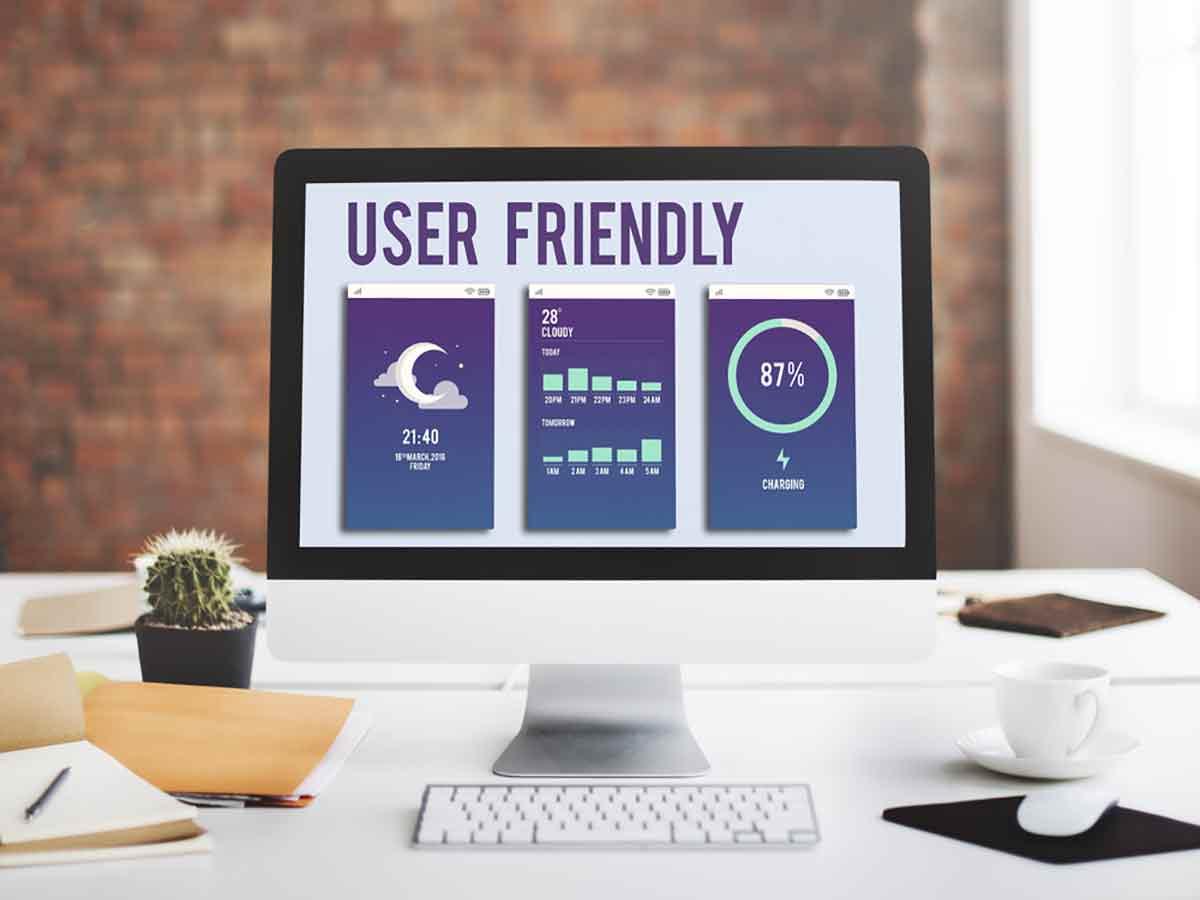
Designing a User-Friendly Navigation for Easy Access
When crafting a one-page website, the navigation design plays a crucial role in providing an intuitive user experience. A well-structured navigation allows your visitors to effortlessly explore your content and find what they need without confusion. Here are some key strategies to make your navigation user-friendly:
- Keep it Simple: Limit your navigation links to the most critically important sections. Typically, 4-6 links are ideal for a one-page site. This helps prevent overwhelming your visitors.
- Use Clear Labels: Choose descriptive labels for your navigation links. Terms like “About,” “Services,” and “Contact” are straightforward and easily understood.
- implement Smooth Scrolling: ensure that clicking on a navigation link smoothly scrolls to the relevant section. This seamless transition enhances the overall user experience.
- Highlight Active Sections: Use CSS to visually indicate which section of the page users are currently viewing. This can be achieved with a simple color change or by underlining the active link.
Another effective approach is to utilize a sticky navigation bar. This feature keeps your navigation visible as users scroll down the page, allowing them to access different sections quickly without having to return to the top. Implementing this can be done with a few CSS adjustments:
.sticky-nav {
position: sticky;
top: 0;
background-color: #fff;
box-shadow: 0 2px 5px rgba(0, 0, 0, 0.1);
}
Furthermore, consider the use of icons alongside text in your navigation. Icons can provide visual cues that enhance understanding and improve the aesthetics of your website.Just make sure they are universally recognizable! As an example, a small phone icon next to your “Contact” link can draw attention and convey the purpose effectively.
| Navigation Element | Best Practices |
|---|---|
| Link Count | 4-6 links max |
| Label Clarity | Use simple, descriptive labels |
| Smooth Scrolling | Enhances user experience |
| sticky Bar | Keeps navigation accessible |
| Icons | Use recognizable symbols |
Incorporating these elements will not only improve the usability of your site but also create a more engaging experience for your visitors. A user-friendly navigation system ensures that your audience can focus on your content rather than struggling to find it.So, invest the time into making it intuitive, and watch your engagement soar!

incorporating Eye-Catching Graphics and Media Elements
Visual appeal is a key factor in capturing your audience’s attention, and incorporating graphics and media elements can elevate your one-page website into a stunning showcase. Start by selecting a cohesive color scheme that aligns with your brand’s identity. Use tools like Adobe Color or Canva to help you design an eye-catching palette that evokes the right emotions.
Next, consider using high-quality images that complement your text. Stock photo websites such as Unsplash or Pexels offer a plethora of options that can help you convey your message without breaking the bank. When placing images on your site,remember to:
- Use responsive images to ensure they look great on all devices.
- Add alt text to improve accessibility and SEO.
- Optimize image sizes for fast loading times.
Furthermore, integrating videos can significantly enhance the user experience. A compelling video can communicate complex ideas succinctly, building a connection with your audience. Keep it brief, ideally under two minutes, and ensure it aligns with your content. Additionally, consider embedding videos from platforms like YouTube or Vimeo for seamless integration.
Don’t forget about the power of infographics. They can simplify intricate information into digestible visuals. Use tools like Piktochart or Venngage to create infographics that highlight key points from your content,thus making your site more interactive and informative.
Here’s a quick comparison of media types to help you decide what works best for your site:
| Media Type | Best For | Considerations |
|---|---|---|
| Images | Visual storytelling and branding | Ensure high quality and relevance |
| Videos | Engagement and demonstrations | Keep it short, focus on value |
| infographics | Simplifying complex information | Highlight key data points |
By strategically incorporating these graphics and media elements, you not only enhance the aesthetic appeal of your one-page website but also create a more engaging and informative experience for your visitors. Don’t just create a site—build a visual journey that resonates with your audience!

Optimizing Your One-Page Site for Search Engines
When it comes to optimizing your one-page website, understanding the fundamentals of SEO is key. Start by ensuring that your primary keywords are strategically placed in key areas of your content. This includes:
- Title tag
- Meta description
- Headings (H1, H2, etc.)
- Image alt tags
By incorporating your target keywords in these areas, you increase the chances of appearing in search results, attracting more visitors to your site.
Another important aspect is to utilize anchor links effectively. Given that one-page sites often use navigation to scroll to different sections, make sure each anchor link is descriptive and includes keywords. This not only enhances user experience but also signals to search engines what each section is about.
Page load speed is crucial for SEO performance. Optimize images and scripts to ensure your site loads quickly.You can use plugins like WP Rocket or Smush to help with this. A fast-loading site improves user retention and reduces bounce rates, both of which are critically important factors for search engines.
| Optimization Task | Tool/Plugin |
|---|---|
| Image Compression | Smush |
| Cache Management | WP Rocket |
| SEO Analysis | Yoast SEO |
| Performance Testing | Google PageSpeed Insights |
lastly, do not underestimate the power of mobile optimization. A significant portion of web traffic comes from mobile devices, and Google prioritizes mobile-friendly sites in its search rankings. Ensure your one-page site is responsive, layouts adjust smoothly, and all interactive elements function properly on mobile screens.
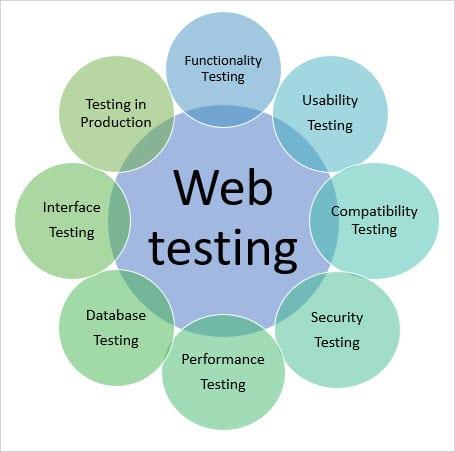
Testing and Launching Your Website with Confidence
Once you’ve crafted your one-page website on WordPress, the next vital step is to ensure it functions seamlessly before going live. Testing your site thoroughly can definitely help you catch any issues that could hinder user experience or affect your site’s performance.
Begin by checking for any broken links or missing images. Use tools like Broken Link Checker to automate this process. Ensure that all your internal and external links point to the right destinations. You wouldn’t want your visitors to encounter frustrating 404 errors!
Next, assess your site’s responsiveness across different devices. With a significant amount of web traffic coming from mobile users, it’s essential that your one-page website looks and operates flawlessly on smartphones, tablets, and desktops. Consider using tools like Google’s Mobile-Friendly Test to gauge your site’s compatibility.
After checking functionality,turn your focus to load times. A fast-loading site is crucial for retaining visitors. Tools like GTmetrix or Pingdom can provide insights into your site’s speed. optimize images and limit the use of heavy scripts to enhance performance. Here’s a quick table to help you understand the elements that can impact site speed:
| Element | Impact on Speed |
|---|---|
| Image Size | Large images can slow loading time considerably. |
| Plugins | Too many plugins can bloat your site and reduce speed. |
| Scripts | Heavy JavaScript files can delay rendering times. |
once you’re satisfied with functionality and performance, consider implementing tracking tools such as Google Analytics. This will allow you to monitor user behaviour and gather data on site performance post-launch. Remember, launching a website is just the beginning; continuous testing and optimization will keep it running smoothly and efficiently.
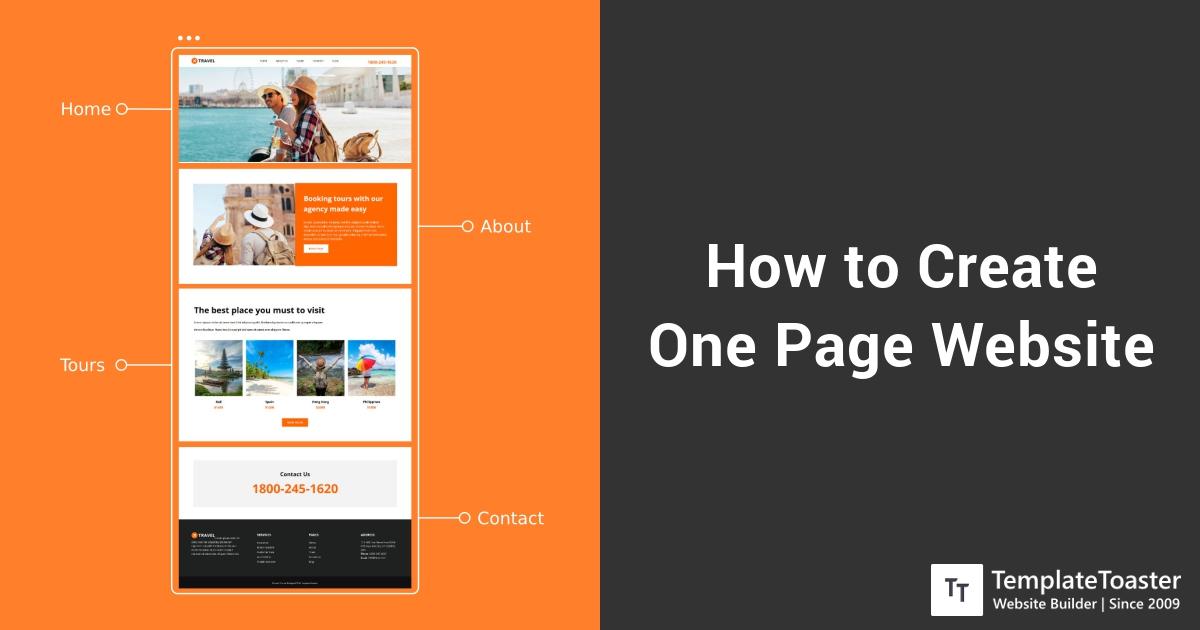
Maintaining and Updating Your One-Page Website Effortlessly
Keeping your one-page website fresh and engaging is crucial for retaining visitors and improving your online presence. Thankfully, maintaining and updating your site can be a straightforward process, especially when you’re using WordPress. Here are some effective strategies to ensure your website remains relevant without overwhelming yourself.
first and foremost, leverage the built-in tools offered by WordPress. Utilizing plugins like Yoast SEO or Rank Math can streamline your content optimization process, making it easy to update your site for better visibility.
Consider the following approaches for effortless updates:
- Regular Content Refresh: Update your text and images periodically to keep your visitors engaged. Fresh content encourages return visits.
- Engaging Blog Posts: Even on a one-page site, you can add a blog section to dive deeper into topics related to your services or products.
- Social Media Integration: Connect your site with platforms like Instagram or Twitter to automatically display your latest posts and keep your website dynamic.
Another key aspect to consider is performance monitoring. Tools like Google Analytics can provide insightful data about your site’s traffic, helping you identify which sections need updates or improvements. Regularly reviewing this data allows you to adapt your content strategy effectively.
Here’s a simple table summarizing essential maintenance tasks:
| Task | Frequency | Purpose |
|---|---|---|
| Content Update | Monthly | Keep information fresh |
| SEO Review | Quarterly | Improve search visibility |
| Plugin Updates | Bi-Weekly | Ensure security & functionality |
Lastly, don’t forget to back up your site regularly. Plugins like UpdraftPlus or BackupBuddy can automate this process, ensuring that your hard work is protected against potential mishaps. By following these simple yet effective steps,you can maintain a vibrant,updated one-page website that continues to attract and engage visitors effortlessly.
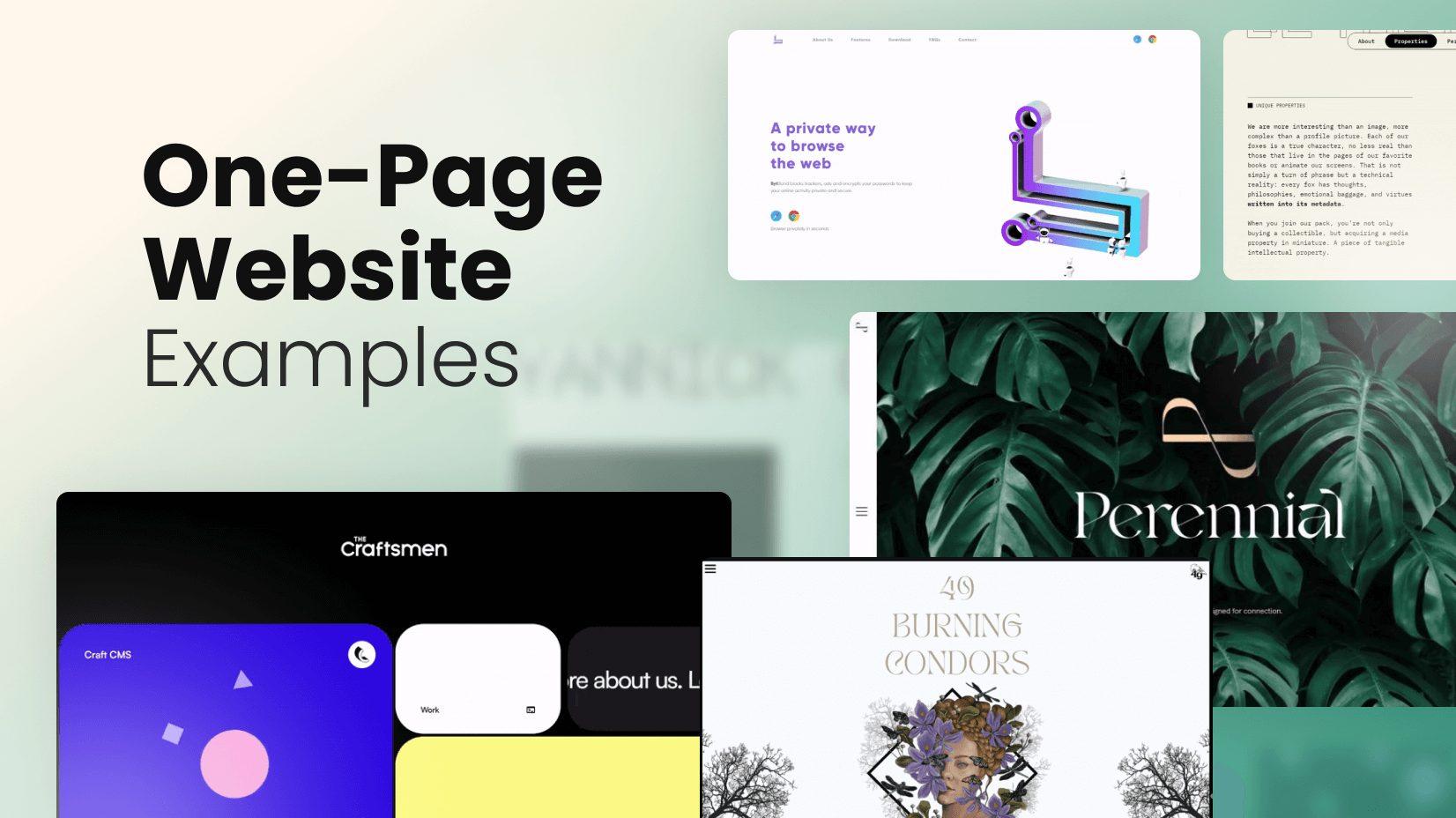
Leveraging analytics to Track your One-Page Website Performance
In today’s digital landscape, understanding how your one-page website performs is crucial for achieving your business goals. By leveraging analytics, you can gain valuable insights into how visitors interact with your site, allowing you to make informed decisions that enhance user experience and drive conversions. Here are some key strategies to track your website’s performance effectively:
- Set Up Google Analytics: This powerful tool allows you to monitor traffic sources, user behavior, and conversion rates. Ensure you implement it correctly by adding the tracking code to your one-page site. Use the real-time reporting feature to see immediate effects of changes you make.
- Utilize Heatmaps: Tools like Hotjar or crazy Egg provide heatmaps that visualize where users click and scroll. This data can highlight which sections of your page are most engaging, guiding you on where to place key information or calls to action.
- Track User Journeys: Understanding your users’ paths can reveal obstacles they may encounter. By analyzing how visitors navigate through your one-page layout, you can optimize the flow for a smoother user experience.
Another essential aspect of analytics is measuring the effectiveness of your calls to action (CTAs). By tracking click-through rates (CTR), you can determine which CTAs resonate best with your audience.Consider A/B testing different versions of your buttons or text to find the most compelling options. Here’s a simple table to illustrate potential CTA variations:
| CTA Text | Click-Through Rate (%) |
|---|---|
| Get Started Now | 5.2 |
| Join Us Today | 3.9 |
| Learn More | 4.6 |
Don’t forget to monitor your site’s loading speed using tools like Google PageSpeed Insights. A slow-loading one-page website can deter visitors, leading to higher bounce rates. Aim for a loading time under three seconds to keep your audience engaged.
Lastly, always revisit your analytics data regularly. Trends can change, and what works today may not work tomorrow.By consistently analyzing your one-page website’s performance, you can adapt your strategy and continually improve your site’s effectiveness in achieving your goals.
Frequently Asked Questions (FAQ)
Q&A: How to Create a One-Page Website on WordPress
Q: Why should I consider a one-page website for my business?
A: Great question! One-page websites are fantastic because they provide a streamlined experience for your visitors. They allow you to present your key information all on one page, making it easy for users to navigate and find what they need quickly. Plus, they frequently enough have a modern, visually appealing layout that can captivate your audience.
Q: What are the first steps to creating a one-page website on WordPress?
A: first things first, you’ll need a domain name and hosting. Once you have that, install WordPress on your hosting account. After that,you’ll want to choose a theme that is optimized for one-page designs. Many themes offer built-in functionality for smooth scrolling and section layouts, which are perfect for a one-page site!
Q: Do I need to know coding to create a one-page website?
A: Not at all! One of the best things about WordPress is its user-friendly interface. There are plenty of drag-and-drop page builders, like Elementor or WPBakery, that allow you to design your site without writing a single line of code. You can simply add sections,rearrange elements,and customize styles with ease.
Q: What key sections should I include on my one-page website?
A: A compelling one-page website typically includes a hero section with a strong headline, an about section to introduce yourself or your business, services or products you offer, testimonials to build trust, and a clear call-to-action (like a contact form or a sign-up button). don’t forget to include a footer with your contact information and links to your social media!
Q: How can I make my one-page website stand out?
A: To make your site pop,focus on high-quality visuals and engaging content. Use eye-catching images or videos that reflect your brand. Play around with colors and fonts that resonate with your audience. Adding animations or transitions can also enhance the user experience, making your site feel dynamic and modern.
Q: What about SEO? Can I optimize a one-page website for search engines?
A: absolutely! While one-page sites have fewer opportunities for optimization compared to multi-page sites, you can still implement effective SEO strategies. Use relevant keywords throughout your text, optimize your images, and ensure that your headings are structured properly (like using H1 for the title and H2 for section headings). Don’t forget to add meta descriptions and alt texts for better visibility.
Q: How do I ensure my one-page website is mobile-friendly?
A: Most modern WordPress themes are responsive,meaning they automatically adjust to fit different screen sizes. However, it’s always a good idea to check your site on various devices to ensure a seamless experience. You can also use tools like Google’s Mobile-Friendly Test to see how well your site performs on mobile.
Q: Can you give me a quick summary of the benefits of a one-page website?
A: Sure! A one-page website offers simplicity, improved user experience, faster loading times, and a focused message. They are especially effective for portfolios, personal sites, or businesses with a singular focus. Plus, they can be easier to maintain since all your content is in one place!
Q: Any final tips for someone creating their first one-page website?
A: Don’t rush the process. take your time to plan your layout and content. Keep your audience in mind, and make sure every element serves a purpose. And most importantly, have fun with it! Your one-page website is a reflection of you or your brand – let your personality shine through!
the Way Forward
And there you have it! Creating a one-page website on WordPress doesn’t have to be a daunting task. With the right tools, a clear vision, and the steps we’ve discussed, you can build a stunning, functional website that captures your audience’s attention in just a few clicks.
remember, simplicity is key! A well-crafted one-page site not only showcases your content beautifully but also enhances user experience, making it easier for visitors to find what they need without the hassle of navigating through multiple pages.
So, why wait? Dive into your WordPress dashboard and start experimenting! Whether you’re promoting a personal blog, a portfolio, or a small business, this streamlined approach can elevate your online presence. Plus, with the customization options WordPress offers, you can make your site uniquely yours.
If you have any questions or need further tips as you embark on this journey,don’t hesitate to reach out. Happy building, and here’s to your online success!

